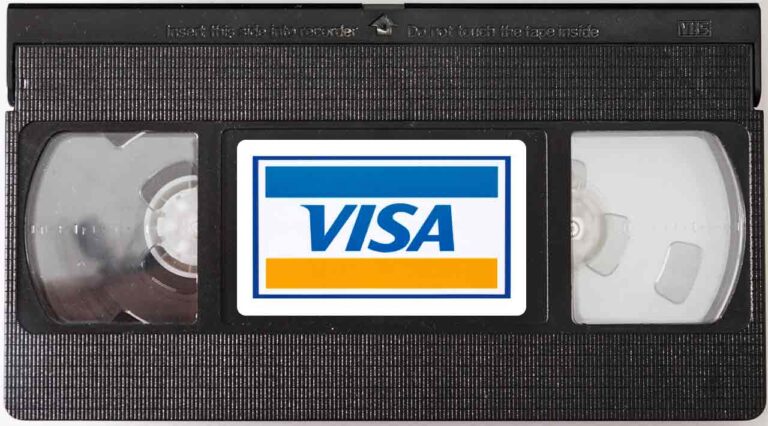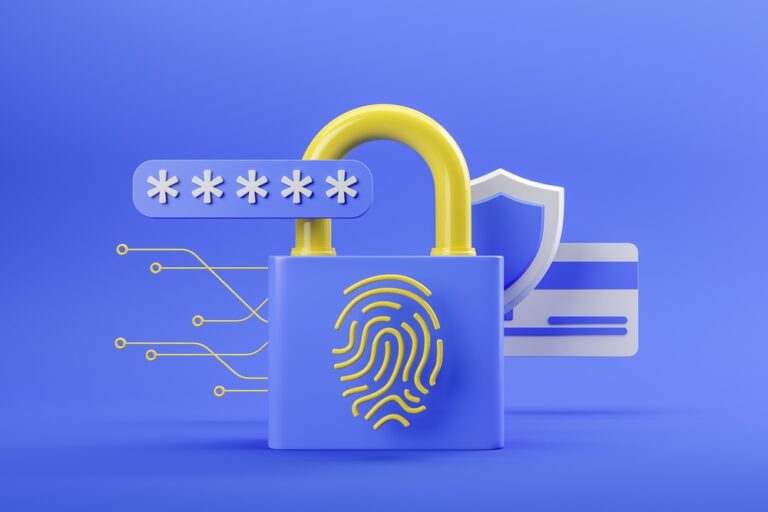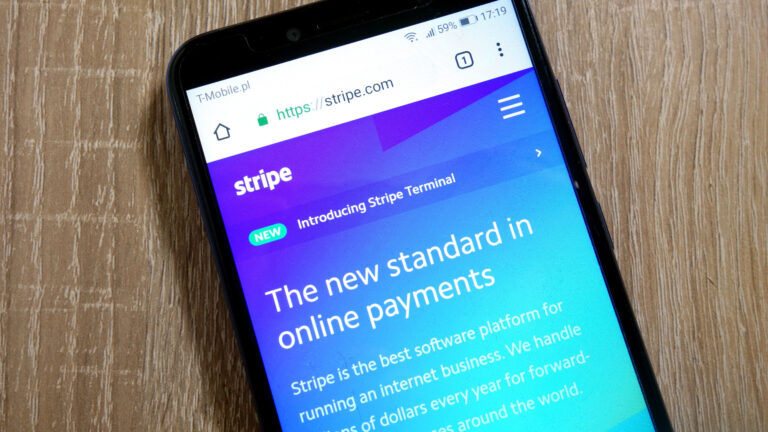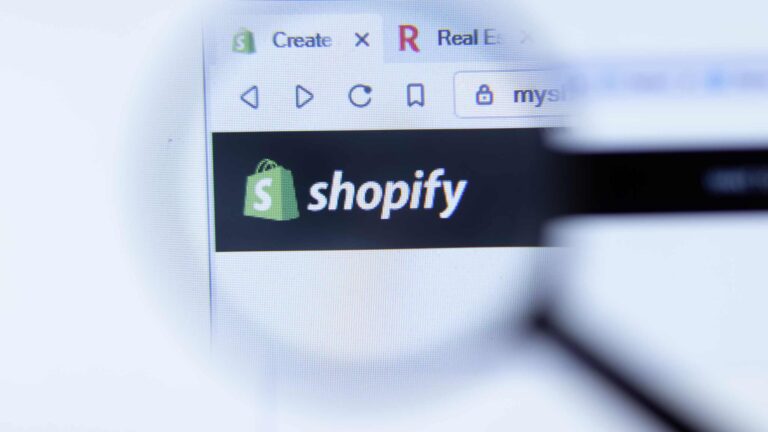What is a PayPal Merchant Identification Number?

If you run a business and are selling services or goods, the merchant identification number is an extremely important part of the process. It ties your merchant account into the credit card processor and allows you to accept payments.
PayPal is one of the most commonly-used payment solutions for consumers and a must-have merchant service. Many consumers prefer PayPal to using payment cards directly as it is a more convenient means to pay, giving cardholders the option to choose between paying with credit cards or from their bank account. If you’re a merchant that can accept credit card payments, you should also accept PayPal at your point of sale.
What is PayPal Merchant ID?
A PayPal merchant ID, or “MID,” is a 13-character string of random numbers and letters. This ID is assigned to you automatically, once you open a PayPal account. The important thing to remember is that you cannot change nor edit this number. As mentioned, this ID is used to identify the merchant without exposing their email to web crawlers. By using this ID number, you’re not sharing any of your data (including emails) if someone looks at your source code.
It’s a good solution for keeping a relatively high level of privacy while also being able to accept card payments.
Where Can I Find my Merchant ID?
While the PayPal merchant ID number is one of the most important things to have as a business owner, many people struggle to find it. Finding this number in the sea of options offered by PayPal can sometimes be a challenge for people who have no previous experience with this service. Plus, PayPal is always changing their interface. But for now, if you’re struggling to locate your ID, follow these steps:
If You Have a PayPal Business Account:
- Login to your PP account
- Click the Settings icon on the top right
- Select “Account Settings”
- On the left column, under “Business Profile” click “Business Information”
- The PayPal Merchant ID should display
Merchant ID vs. Merchant Account?
It’s important not to confuse a Merchant Account with a Merchant ID, as they are often used interchangeably. Think of your MID as a postal code, and your Merchant Accounts as addresses within that postcode. While you may need multiple houses, or accounts, for each store or business unit you transact as, you only need one MID. A merchant can have as many bank accounts as they have money to put in them, but they only need one MID to route funds through to all those accounts.
MID vs. TID
Complicating things even further, it’s easy to confuse TIDs with MIDs. MIDs are a string of letters and numbers given to you by your payment processor. It’s a unique ID that cannot be edited or changed.
TIDs or Terminal Identification Number are a unique string of numbers used to identify card terminals. Many sellers have multiple card terminals and thus, multiple TIDs. Unlike the MID, the TIDs can be grouped together under one MID. For example, businesses like hotels and restaurants frequently use multiple channels, each of which has its own Merchant Account and Terminal ID. This streamlines the process of having and identifying separate revenue streams. But they all transact under one MID.
How Does One Protect Their MID?
Protecting your MID brings us back to protecting yourself from chargebacks. Chargebacks are considered to be the biggest threat for your MID, so the solution to protecting it is – controlling chargebacks.
Here are a couple of tips on how to minimize and prevent chargebacks:
- Address verification
- CVV authentication
- Geo-location
- Fraud filters
- Seller Protection Program
Pay attention to the reason codes that come with each chargeback. They will help indicate causes of many merchant error chargebacks.
Can You Lose Your MID?
As we’ve mentioned, chargebacks are your biggest enemy when it comes to keeping your MID intact. Too many chargebacks can get your MID terminated and worse, put you, personally, on the Terminated Merchant File. Therefore, dealing with the chargeback situation will proactively help you deal with potential ID loss.
As a seller, it’s important for you to make a clear distinction between temporary and long-term actions against your business. Many merchants tend to start panicking once they become a part of a particular dispute, but there’s no reason to worry, at least not yet.
Situations you should be prepared for:
Withheld Funds
By agreeing to your processor’s Terms of Service, you are giving them consent to withhold any funds they deem suspicious. This usually happens if your account runs into a sudden spike of chargebacks, or any other suspicious activity.
What makes this particular concept so frowned upon by merchants is the fact that these funds can be held indefinitely while your case is being processed and investigated.
Frozen Processing
Even if a portion of your funds is being withheld, you can still continue credit card processing. However, that’s not the case if your credit card processor decides to put a freeze on your account. If you have an ecommerce business, this can be a massive setback because it limits you to accepting only cash or PayPal while a processing freeze is in place.
Termination
Termination is a pretty simple yet quite scary concept, because if your MID gets terminated – you’re not getting it back, it’s for life. If the industry determines that you’re a high-risk seller, you ought to find a premium processor and pay extra in order to reduce the risk of being put on the TMF.
If you’re struggling to keep up with the technology and are finding it hard to stay on top of the payment processing game, don’t hesitate to contact us, and we’ll be more than glad to lend you a hand. In case you would like to know more about PayPal, credit card frauds, and similar subjects, read our other articles! And as always, drop us a chat down on the right, shoot us an email, or go old-school and call us 1.800.975.9905






